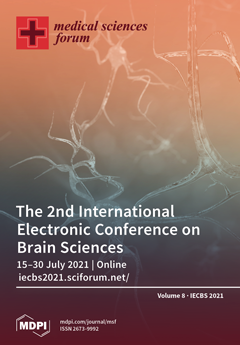Background: Migraine is one of the most prevalent neurological disorders worldwide [
1]. A large number of studies suggest that migraines are associated with the mental state of the patients, and especially with negative emotions [
2]. One option to regulate
[...] Read more.
Background: Migraine is one of the most prevalent neurological disorders worldwide [
1]. A large number of studies suggest that migraines are associated with the mental state of the patients, and especially with negative emotions [
2]. One option to regulate negative emotions or the negative affective state in chronic migraine patients is by using visual feedback techniques that may visually induce analgesia [
3]. In fact, it is known that the observation of facial expressions effectively modulates pain perception during social interactions [
4]. Aim: To investigate whether exposure to different visual feedback conditions (facial expressions) may modulate pain perception, assessed by the 1 to 100 cm visual analogue scale in chronic migraine patients. Methods: To this aim, 38 female chronic migraine patients were recruited at the IRCCS C. Mondino Foundation. Chronic migraine patients eligible for detoxification in our institution during the pain attack period (pain between 3 and 7 in the visual analogue scale) were included. Participants were exposed to a 1 × 4 within-subject study design, where they had to observe different visual stimuli (positive face, neutral face, negative face, and control (white screen)), presented three times in a randomized order (each condition lasted 40 s). After the observation of each visual condition, pain ratings with a 0 to 100 VAS and identification scores in a Likert scale from −3 (no identification at all) to 3 (total identification) were assessed. Results: The results show a significant difference in pain ratings between the positive (32.44 ± 31) the negative (38.61 ± 29.74) (z = −4.46,
p < 0.0001), and the neutral facial expression (37.15 ± 28.36) (z = 3.41,
p < 0.001). Participants identified more with the neutral face condition compared with the negative face condition (z = 3.32,
p < 0.05). Overall, the patients identified more with the three emotional face conditions than with the white screen control condition. Conclusions: A positive emotional face feedback is a stimulus strong enough to modulate pain perception via the mediation of emotion regulation for positive emotions. This study paves the way for the integration of new cognitive–behavioural training based on the adoption of visual placebo analgesia to further control pain perception in chronic migraine patients.
Full article



